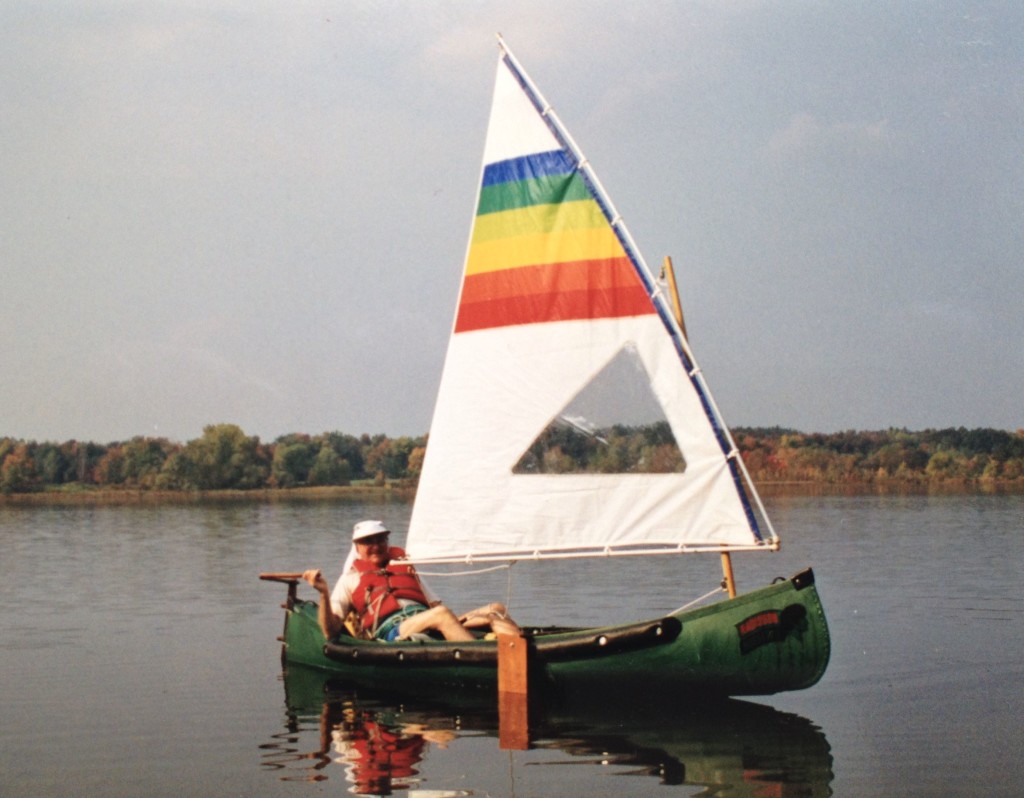
I was hooked on sailing at the age of eight. It was my father’s fault, really. Dad always had an interesting notion of ‘romantic.’ For him, romantic meant overlooking even the most obvious of faults, which he certainly did when it came to the family’s first sailing vessel. In retrospect, I can clearly see how the course of my life changed on a scorchingly hot and windless day at the end of July in 1975.
I was exhausted from accompanying my father on his last day in the office before our family vacation, and he was, undoubtedly, exhausted by me. We were driving along a dirty, six lane highway in a shockingly nondescript commercial district offering such uninspiring wares as used tires, auto parts and the like. It’s the kind of place where everything is paved so there’s always more parking than customers. The false wind of the car moving through the sun-baked air was the only relief we had from the relentless heat. We almost missed it. In fact, I was in a heat-and-boredom-induced daze until Dad slammed on the brakes, nearly bringing our dusty green family wagon into a four-wheeled skid before wrestling the car into submission. I looked questioningly at him and relaxed a bit when I saw that his face was filled with joy and wonder, like a man who had just seen his very thoughts materialize in real life. I followed his gaze toward the reason for our sudden turn. There in an empty parking lot, sitting on an old sawhorse and a rusty barrel was a used, seventeen-foot sailing canoe, dusty green as if purpose-built to match our family wagon. One glance at my father’s face told me all I needed to know; he was hopelessly in love with this dubious craft which, to him, shimmered in that parking lot like a holy grail. There was almost no negotiation – we paid up ($350 if I remember right) and hefted the canoe directly onto the roof of our car. By the next day we were on our way to New York State’s Adirondack mountains for our annual camping trip.
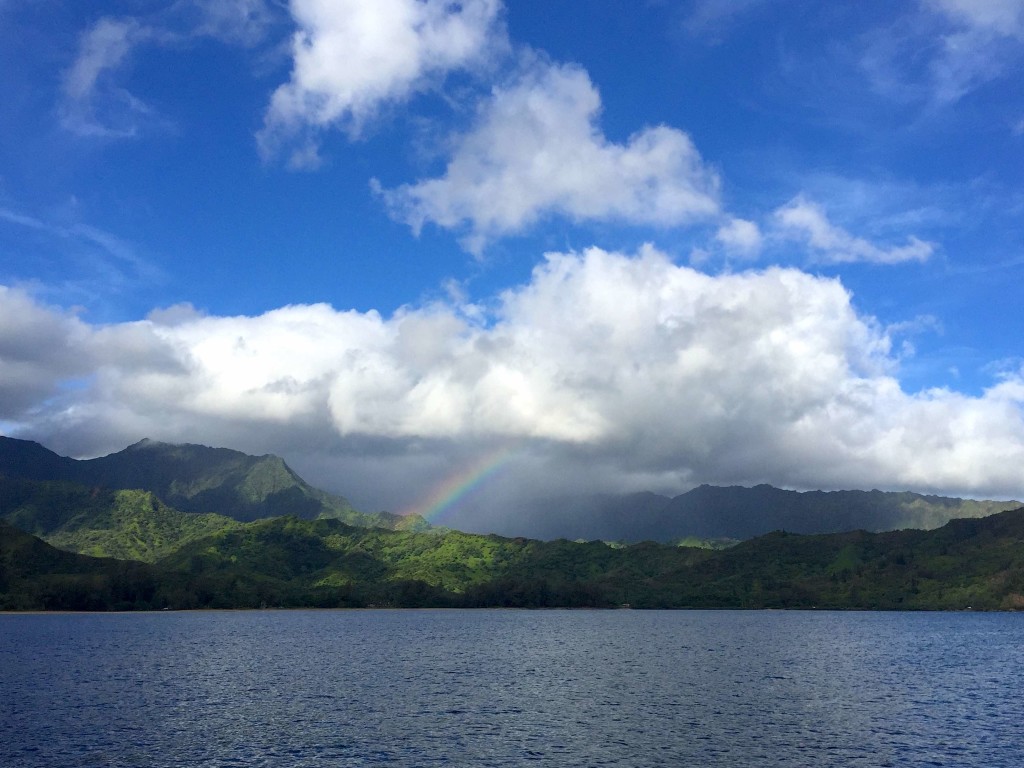
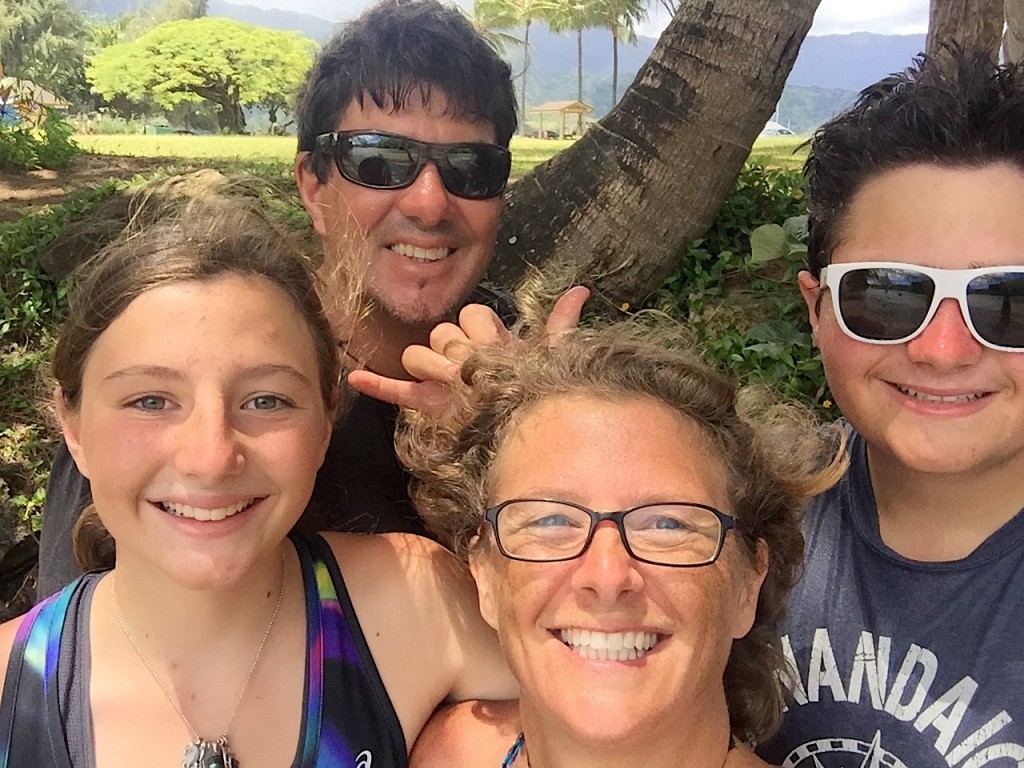
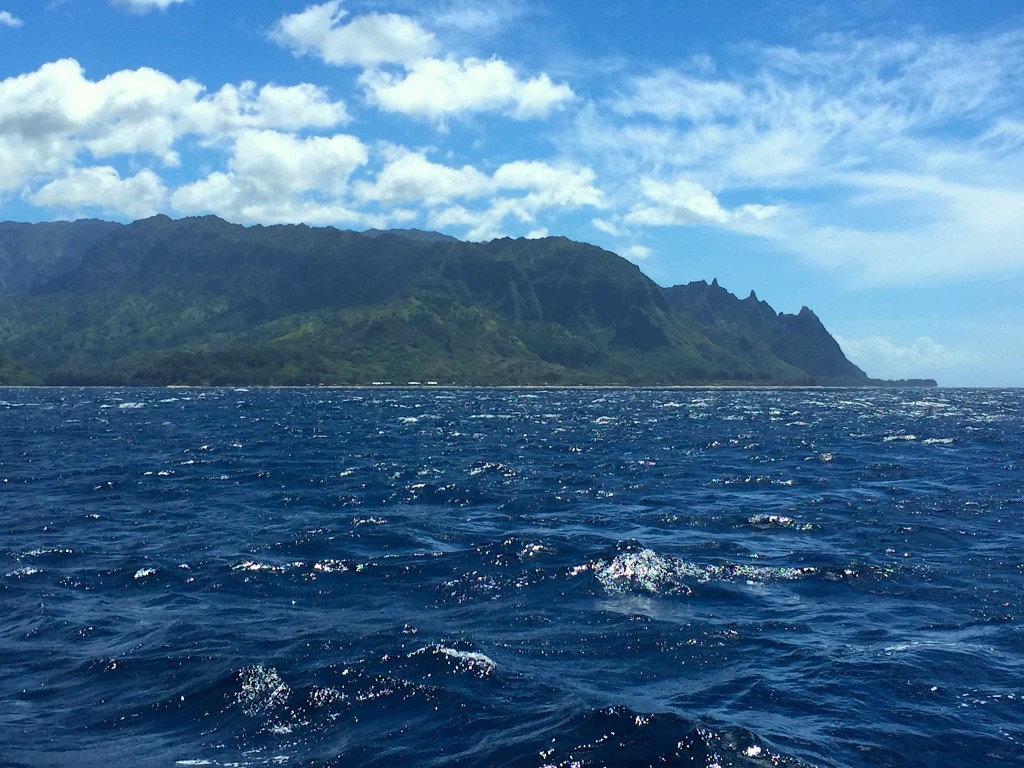
As a sailing vessel the canoe is, at the very best, a sketchy compromise. Although the slender shape slips through the water beautifully, the canoe, by design, offers almost no lateral stability, form stability, or even much leverage to counteract the heeling force of the wind. Bolted to our canoe’s slender gunwales were pivoting aluminum sideboards which had to be lifted by remote lines to allow the boat to tack. The mast step was fiberglassed in after-the-fact, and the mast brace was also bolted on. These supported a lanteen rig that looked as if it might have been lifted from an unsuspecting Sunfish during a midnight raid. To pilot the craft we’d sit deep in the hull to keep the center of gravity low, steering over one shoulder via a shaky, bolted-on rudder assembly.
So light and sleek was this vessel that she would skim along the water at the faintest hint of a breeze, but she was so tender that things could get intense very quickly, even in moderate winds. Sailing our canoe in whitecaps was practically a suicide mission. Beauty, speed and danger; it was perfect! So it was that there, on the bark-colored waters of Nick’s Lake and Brown’s Tract Ponds, I became a sailor for life. From that point onward I would do almost anything to feel the magic of using the wind to travel.
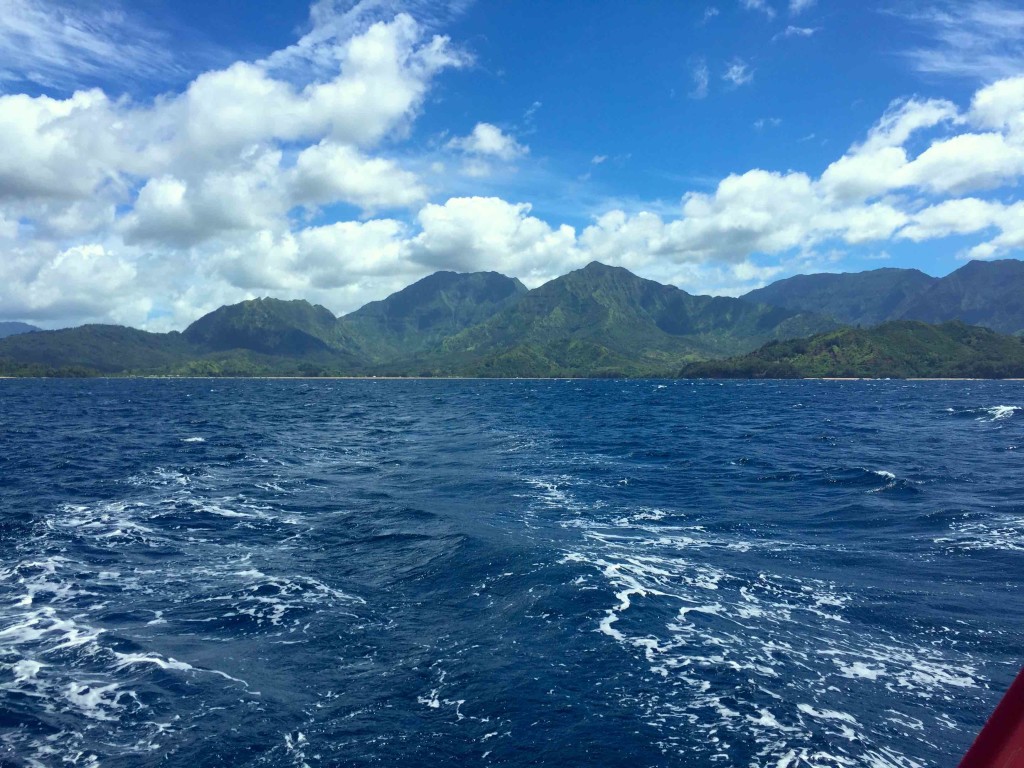
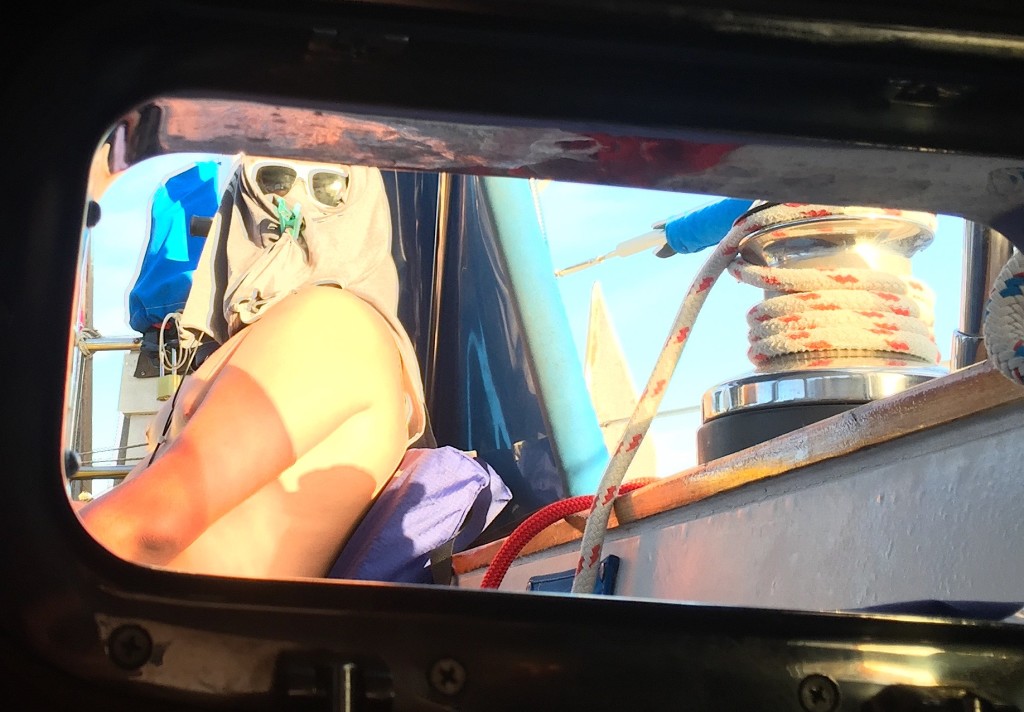
One of the first lessons I learned is that sailing to windward is like money in the bank. If the wind comes up, or if something breaks, it is always easier to return to your starting place by sailing downwind. Years of windsurfing and kiteboarding in extreme conditions reinforced this approach; always sail upwind first. And so, when Batu arrived in New Zealand, some 12,000 nautical miles downwind from our starting place in the Pacific Northwest, I felt a little desperate, as if I’d just maxed out all our credit cards.
For the Batu crew, our advanced knowledge of New Zealand was vague, encompassed by Lord of the Rings snapshots of misty mountains, rolling shire-lands and fearsome looking Maori performing the Haka with tongues extended and eyes bugged out (a scary and confusing business). After six months in that remote land, we saw all that, and more. We learned about the landscape, the people, and the origins of the Haka. Our explorations through the islands of the South Pacific were life-changing, our visit to New Zealand was incredible, but in truth when we turned around and looked toward the Pacific Northwest, our position at 35 S by 174 E seemed more than half a world away from home. We knew that we would have to string together three long, challenging ocean passages to close the loop and make it home.
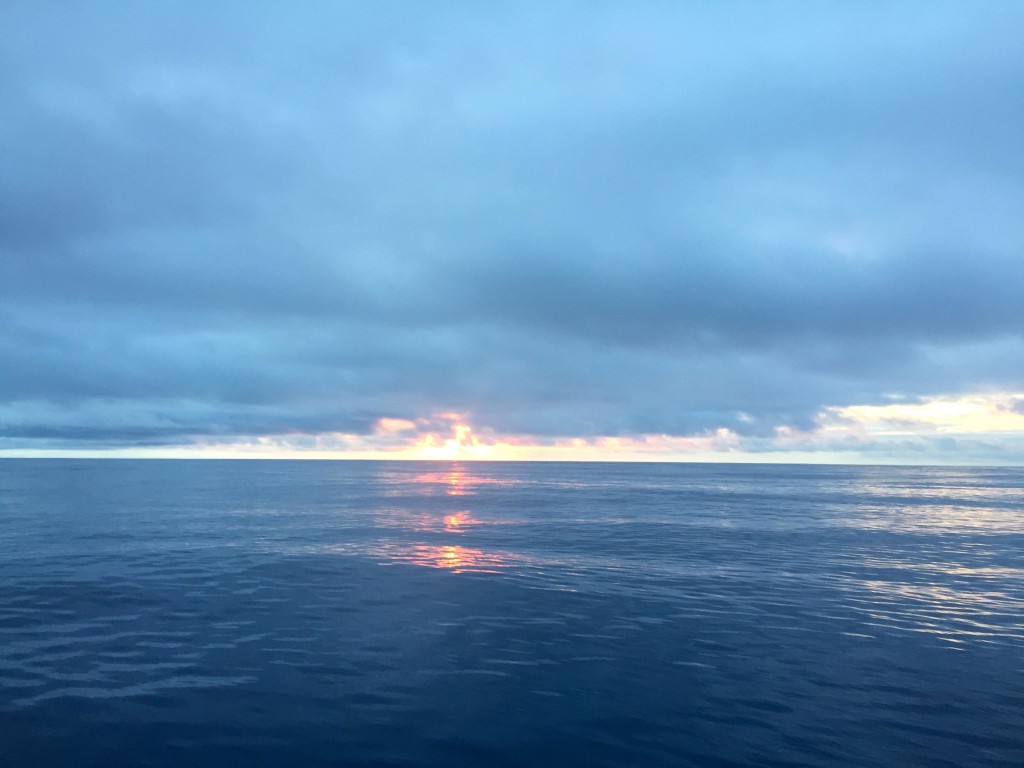
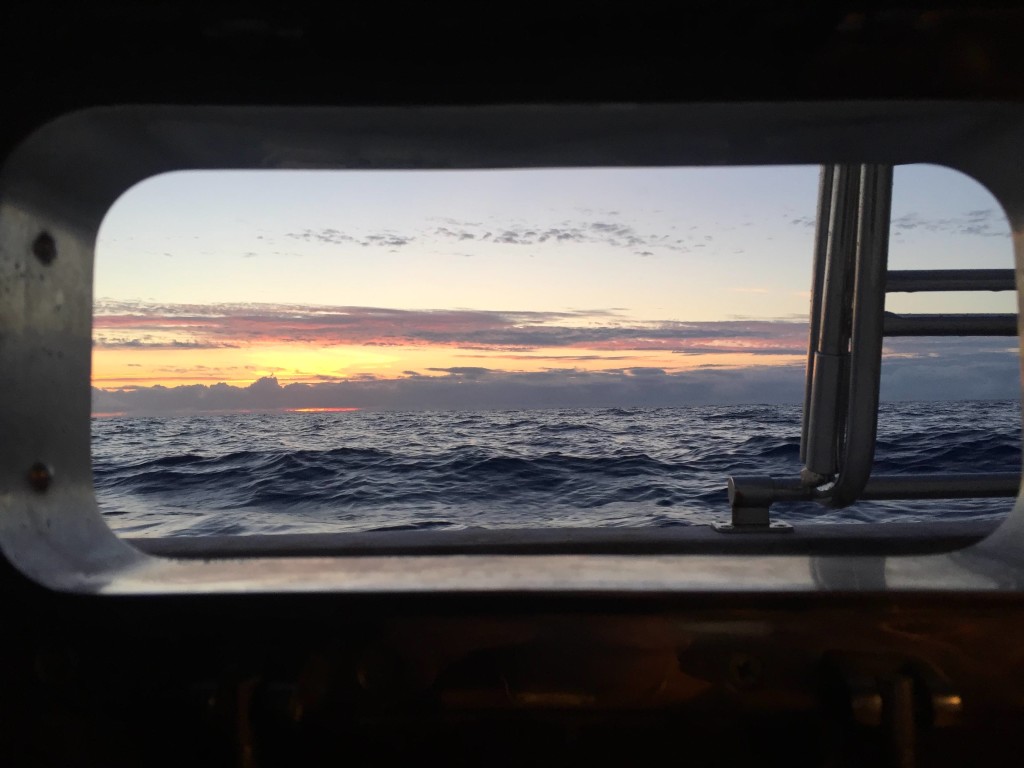
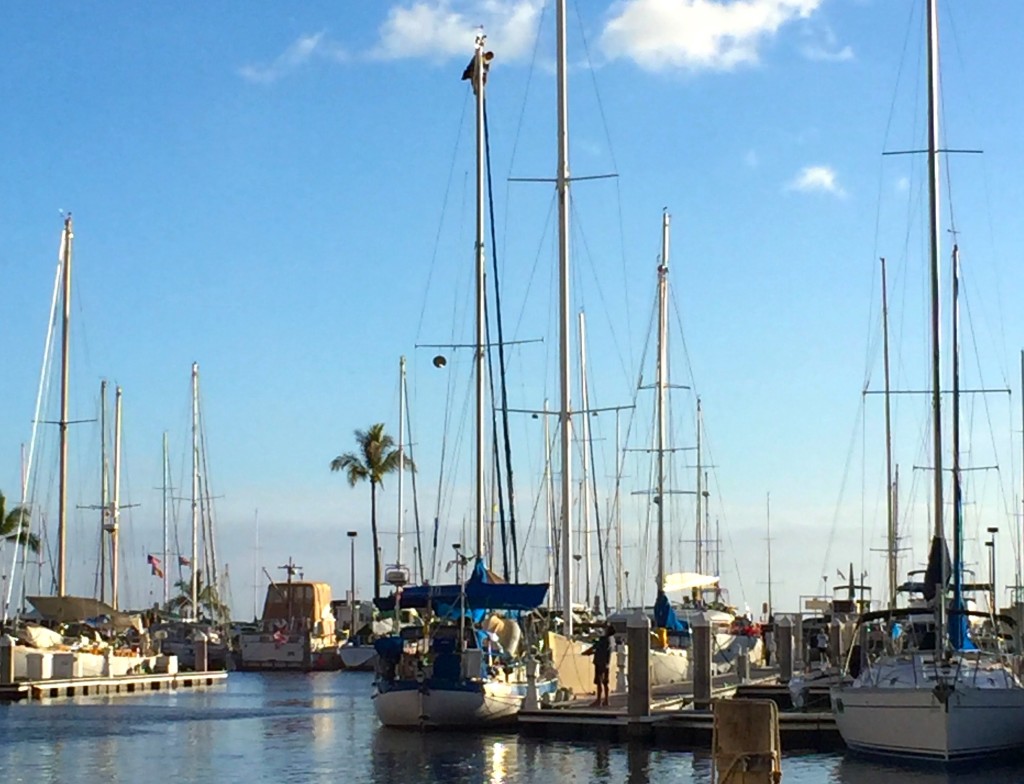
Preparing for a three to four week ocean passage is an interesting process. It takes a lot of planning and weather analysis to pick the right weather pattern, but even then, you can only ‘see’ a few days or perhaps a week ahead. Beyond that, even the most accurate forecast models are simply plausible fiction. Essentially, you put yourself a thousand miles from land, then adapt to the weather you get. To help with this process we occasionally worked with professional weather routers, but the experience was often frustrating and our satisfaction ranged from grudging acceptance to utter disappointment. If not for weather advice from our good friend Steve Wrye we would have been ‘up a creek.’ Nearly every day while on passage Steve gave us a weather rundown, helping us figure out where we needed to be and what weather was coming at us. As a highly experienced offshore sailor, Steve knew exactly what we were going through when conditions were tough, and what we needed to do to get where we were going. We affectionately refer to him as ‘Saint Stephen, the patron saint of sailors.’ In addition to Steve we had a huge host of loving friends and family plugging for us and checking regularly on our progress. Your love and encouragement buoyed our spirits and kept us going even when things got really tough. For all of this, we are so grateful!
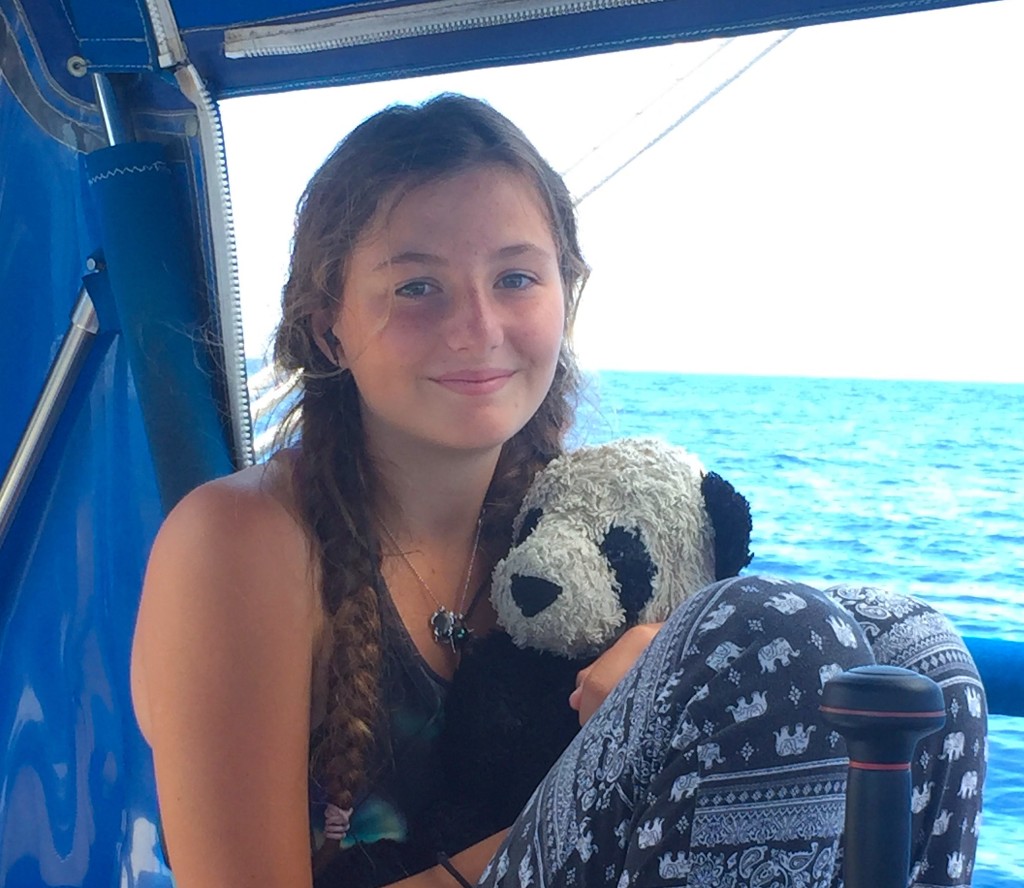
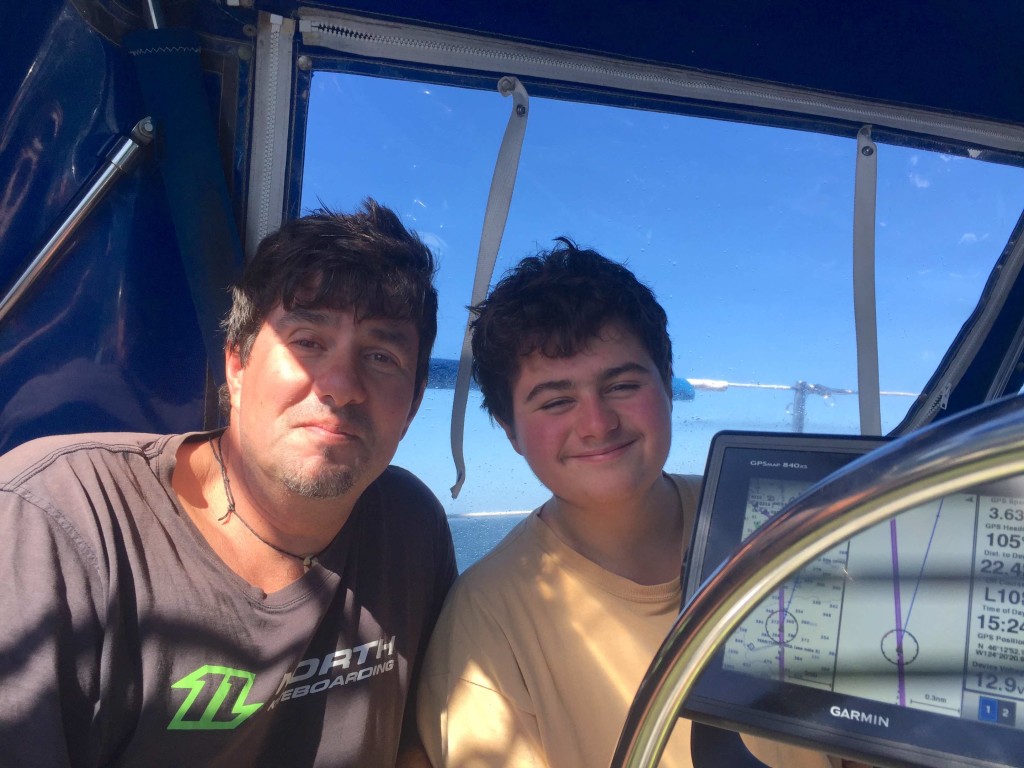
The bottom line is that, after four months of long ocean passages, the Batuligans arrived safely back to the mainland USA on August 31. In the midst of a swirling, undulating mess of low and high pressures moving across the North Pacific, we somehow sailed the last week of our passage from Hanalei Bay to Astoria in a surprisingly pleasant patch of light to moderate wind. 21 days out of Hawaii we sailed over the Columbia River bar on a flood tide with the golden light of the last day of August setting behind us.
Our approach to the coast and bar crossing was a magical time. We were greeted by a pod of Pacific White-sided Dolphins, and a couple of humpback whales. But, in a surreal twist of the space-time continuum, while crossing the threshold between sea and land I was able to chat with Eight year-old me, and the Departing me from two years ago. In some distant way, this voyage answered a question silently asked by that eight year old boy skimming across the riffled Adirondak waters in a sailing canoe. ‘How far will the wind carry you? Far indeed; this far, and beyond.’ To the Departing me I spoke of subtler things; of a deepening understanding of myself and of the world. I surprised that me by not feeling immensely proud, or even especially accomplished, but simply feeling grateful and humbled by completing this voyage and returning home safely. Although closing the loop was sweet, in truth, we went to experience the voyage and not to accomplish the goal.
There on the docks to greet us when we set foot on land was our beloved Granny with salty sea captain and my seagoing mentor Chuck Shuster and family; it was an incredibly gratifying end to our last major passage.

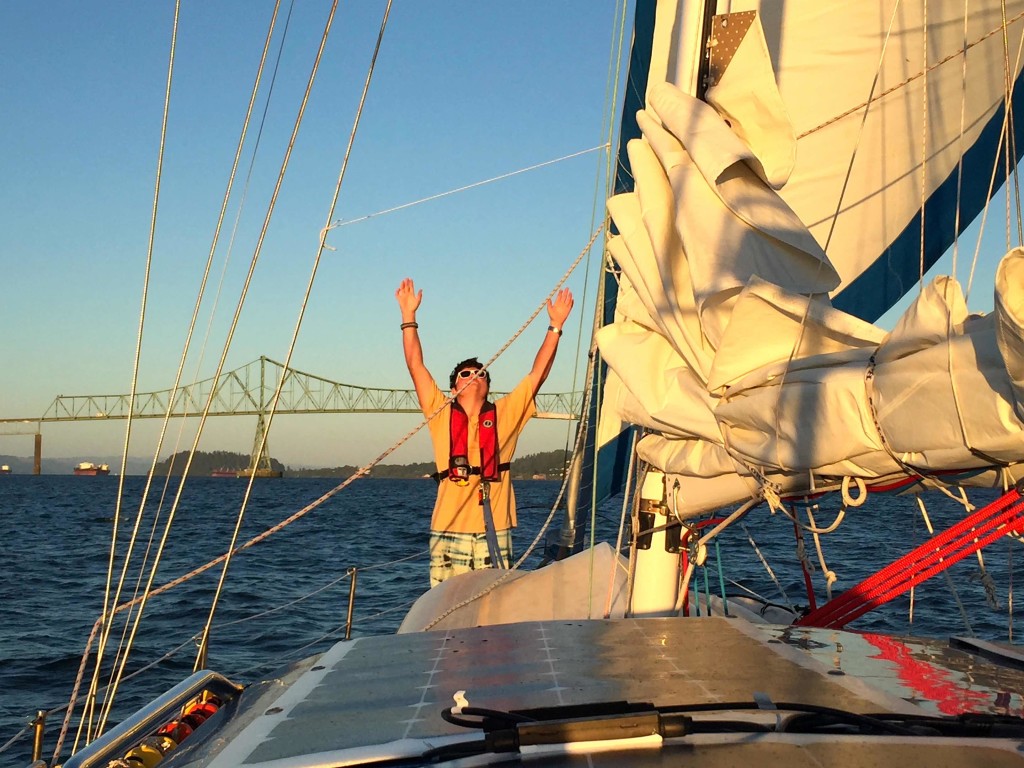
Welcome home and thank you! From when you left on your grand adventure I have “followed your dot” and lived vicariously through your journey. Few days went by that I didn’t check to see your progress and then smile with relief when the dots proved you were still okay and moving right along. Peter’s excellent periodic reports were looked forward to and read and reread with great interest. The photography was amazing. I had no idea there were so many islands in the Pacific! Your final dot appeared a few miles out of Hood River but I assume you are safely tucked into the Marina and perhaps already thinking of your next undertaking. Again, thank you so much for sharing your family’s adventures. I’ll miss you. -jean
Dear Jean,
Karen sends her best wishes! Thank you so much for your vote of confidence and ongoing support. Although our long distance sailing adventures will take a backseat for a while while we regenerate our savings, we genuinely hope to continue living life filled with awe and wonder. Going forward, if we are able to gain any interesting perspective at all, you’ll find it posted here. It is our deepest hope that living the voyaging life is an approach, not just a sailing adventure.
Warm regards,
Peter, Karen, Sean & Sarah
Good evening. I’m attempting to track down Steve Wrye. I️ did a web search and you blog regarding a Wrye special,line came up. So luck is your family to be able to go on such a wonderful trip. Do you happen to have current contact info for Steve? I worked with Steve here in Seattle and just trying to catch-up on his and Tracy’s adventures. Thanks, and happy holidays.
Hi Ben,
Sure! As I mentioned in this post, we are very thankful for Steve’s help and advice. I’ll email you directly with his contact info.
Peter